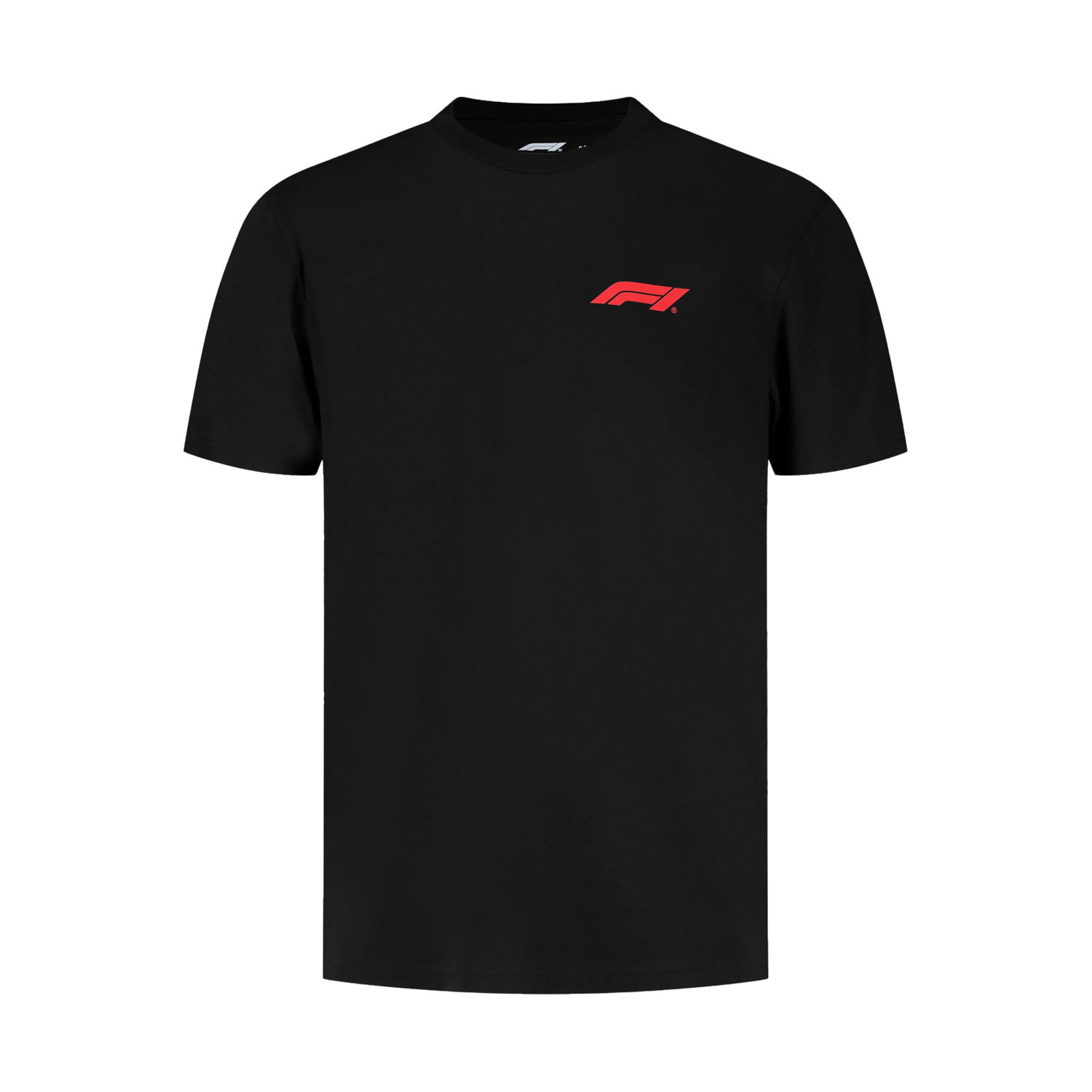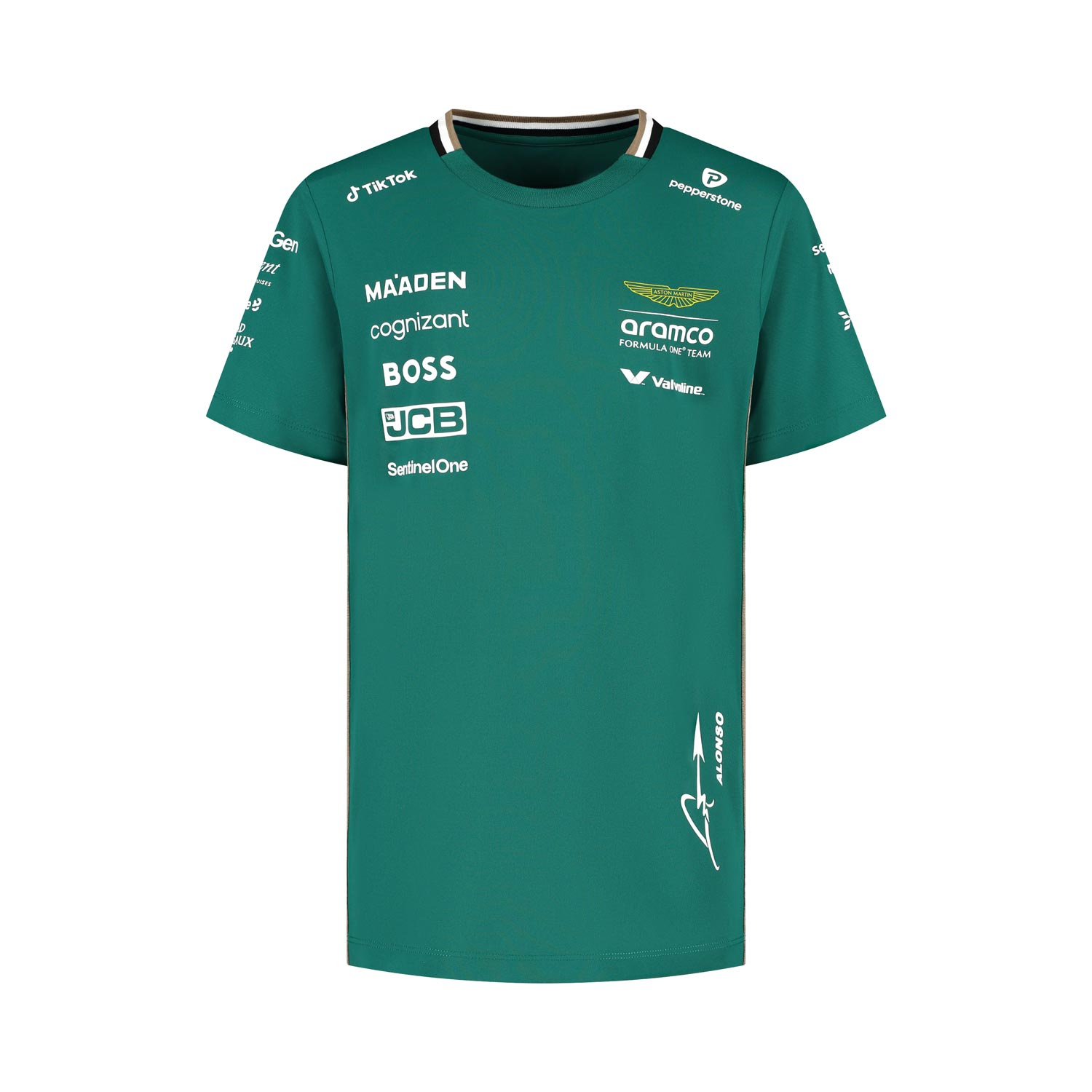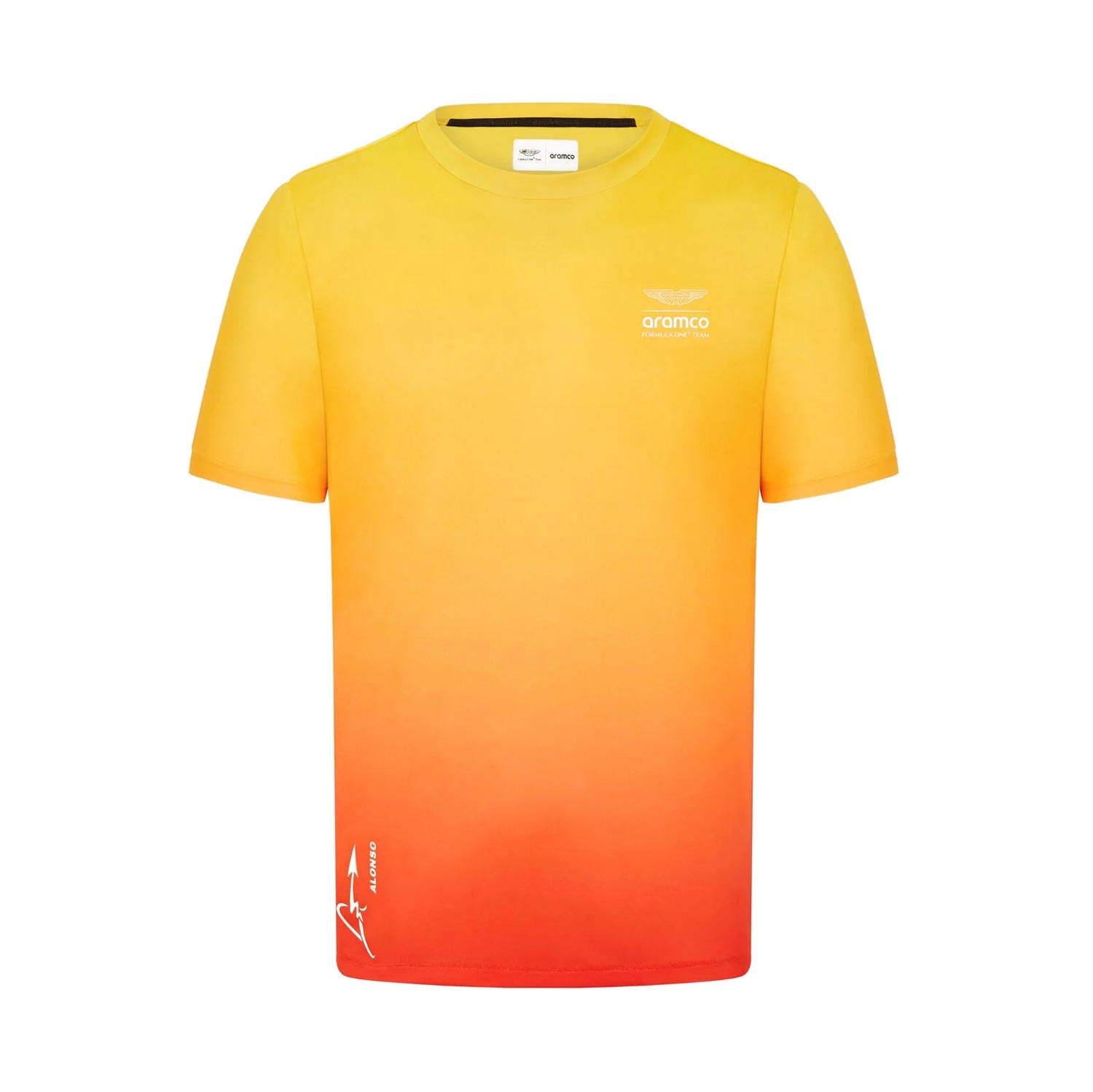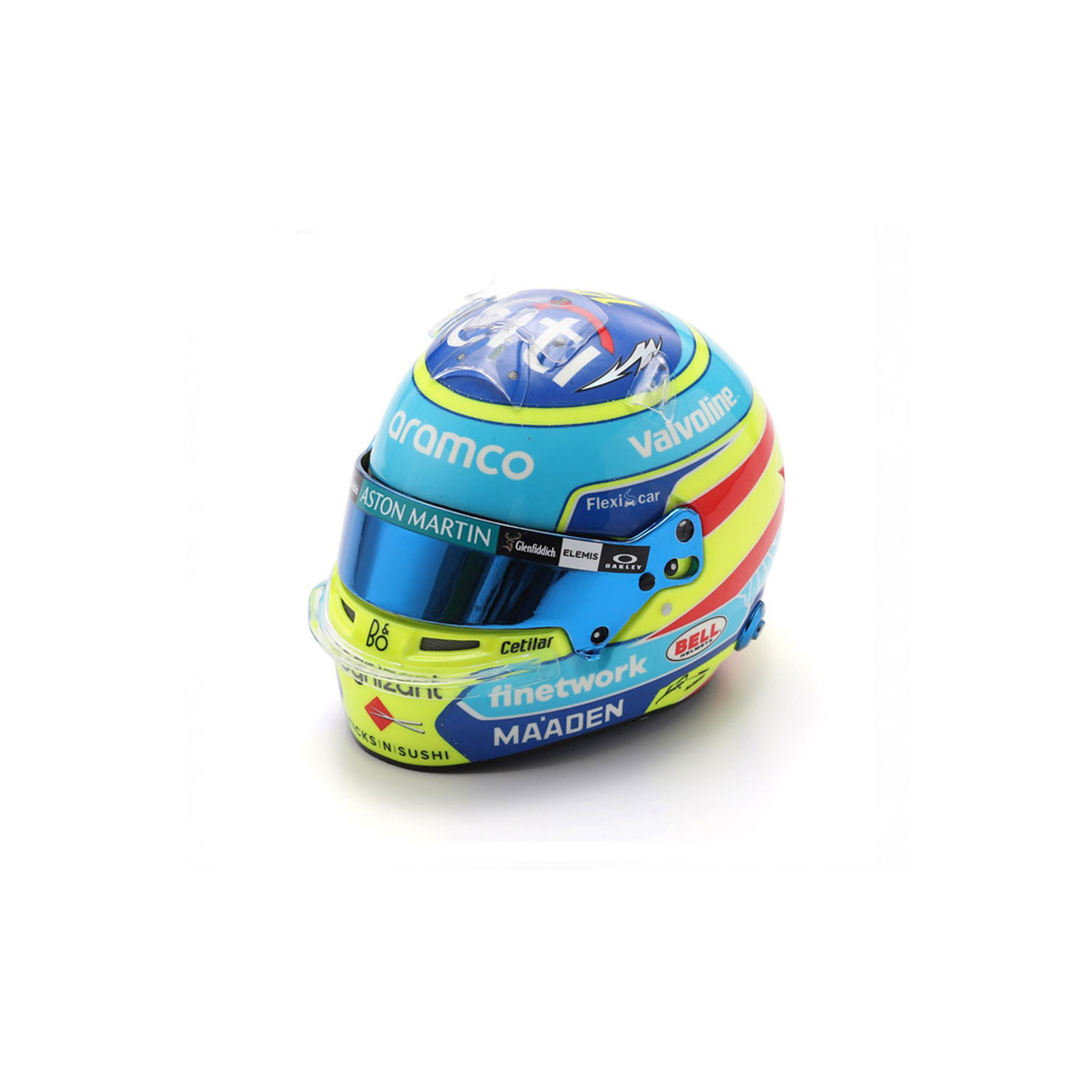When Did Fernando Alonso Start in F1?
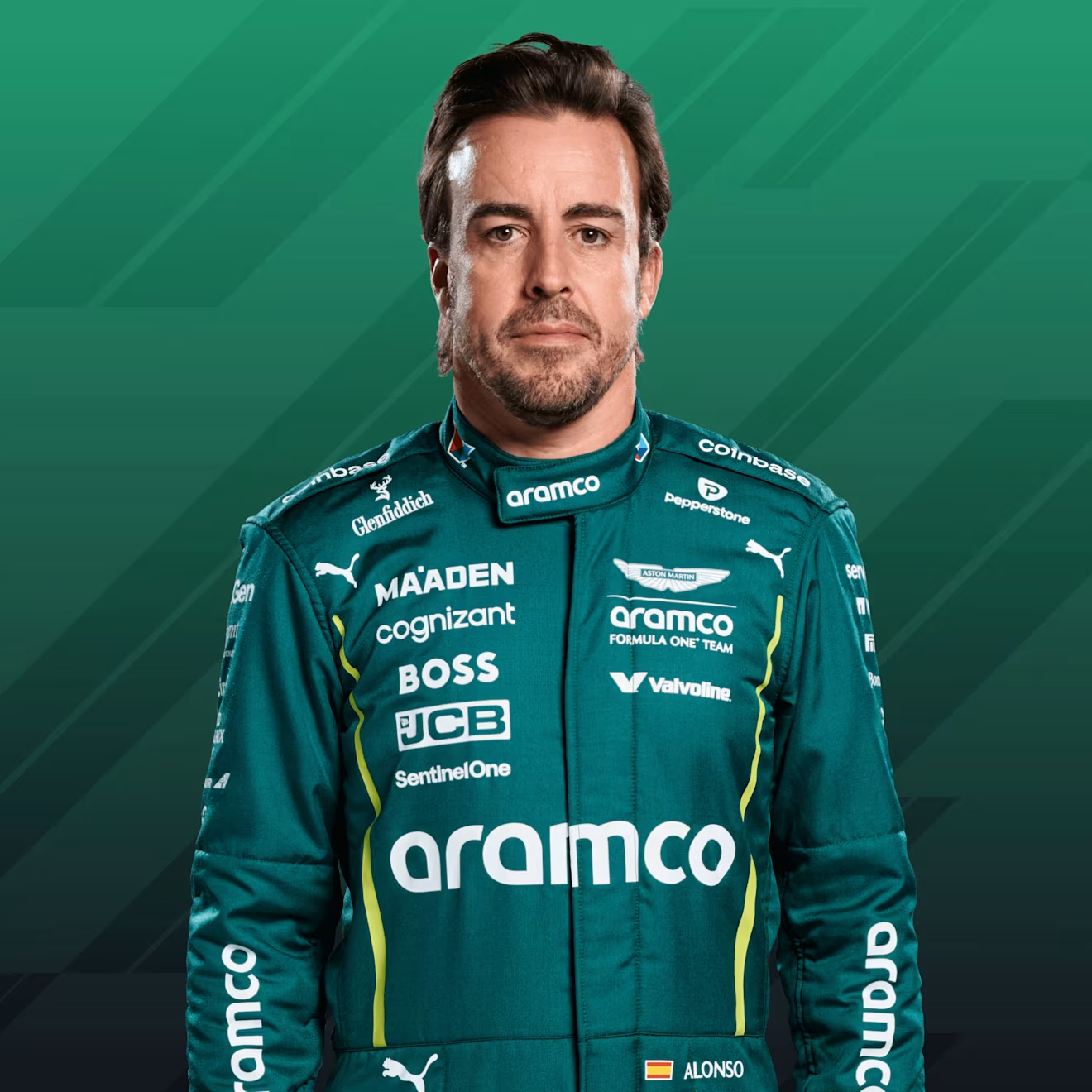
Imagine a 19-year-old Spanish racing prodigy, strapping into the cockpit of a Minardi, ready to take on the legendary Albert Park Circuit in Melbourne. The roar of the crowd, the hum of the engine — this moment is about a young driver shouldering the dreams and expectations of an entire nation.
That moment in March 2001 marked the beginning of one of the most remarkable careers in motorsport history.
Fernando Alonso made his Formula 1 debut at the 2001 Australian Grand Prix, instantly establishing himself as a force to be reckoned with in the world of F1.
Keep reading to explore the complete journey of how this Spanish racing driver transformed from a promising rookie into a two-time world champion.
The Path to Formula 1
Before Fernando Alonso ever touched an F1 car, his trajectory toward the pinnacle of motorsport was already set in motion.
Alonso began his competitive racing debut at the 1999 Euro Open by Nissan, though his primary focus remained on single-seater racing. The young Spaniard had caught the attention of F1 scouts through his dominant performance in the International Formula 3000 Championship, where he showcased the raw talent that would later define his F1 career.
This stepping stone proved essential, as it prepared him for the physical and mental demands of F1 racing while demonstrating his ability to adapt to increasingly powerful machinery.
Luis Alonso, Fernando's father, played a crucial role in nurturing his son's early passion for racing. The family's commitment to motorsport became evident when Alonso made his car racing debut in karting at just three years old. This early foundation in competitive racing would prove instrumental in shaping the driver who would eventually become the youngest driver to achieve multiple F1 milestones.
Making His Mark at Minardi
When Fernando Alonso made his F1 debut on March 4, 2001, he became the fourth youngest driver at 19 years and 218 days to start an F1 race. The 2001 Australian Grand Prix at Melbourne's Albert Park Circuit served as the stage for this historic moment, with Alonso piloting the Minardi PS01 in what many consider one of the most impressive debut seasons in F1 history.
Despite driving for the championship with the Minardi-backed team, which was notably underpowered compared to frontrunning machinery, Alonso finished 12th in his first F1 race. The result might seem modest, but it was an extraordinary achievement given the limitations of the Minardi package.
The Spanish racing driver demonstrated remarkable composure and technical understanding that impressed seasoned observers throughout the paddock.
Throughout 2001, Alonso consistently extracted maximum performance from inferior machinery. While he didn't score points during his rookie season (the points system only rewarded the top six finishers at the time), his performances were so impressive that Renault F1 team principal Flavio Briatore signed him as a test driver for 2002. This move would prove pivotal in Alonso's development, as it gave him access to better equipment and more comprehensive technical support.
The final race of the season in Japan saw Alonso demonstrate the fighting spirit that would become his trademark. Even when facing mechanical challenges or strategic disadvantages, he never gave up, consistently pushing his car beyond its apparent limits. This tenacity caught the attention of multiple F1 team principals, setting the stage for his rapid ascent through the grid.
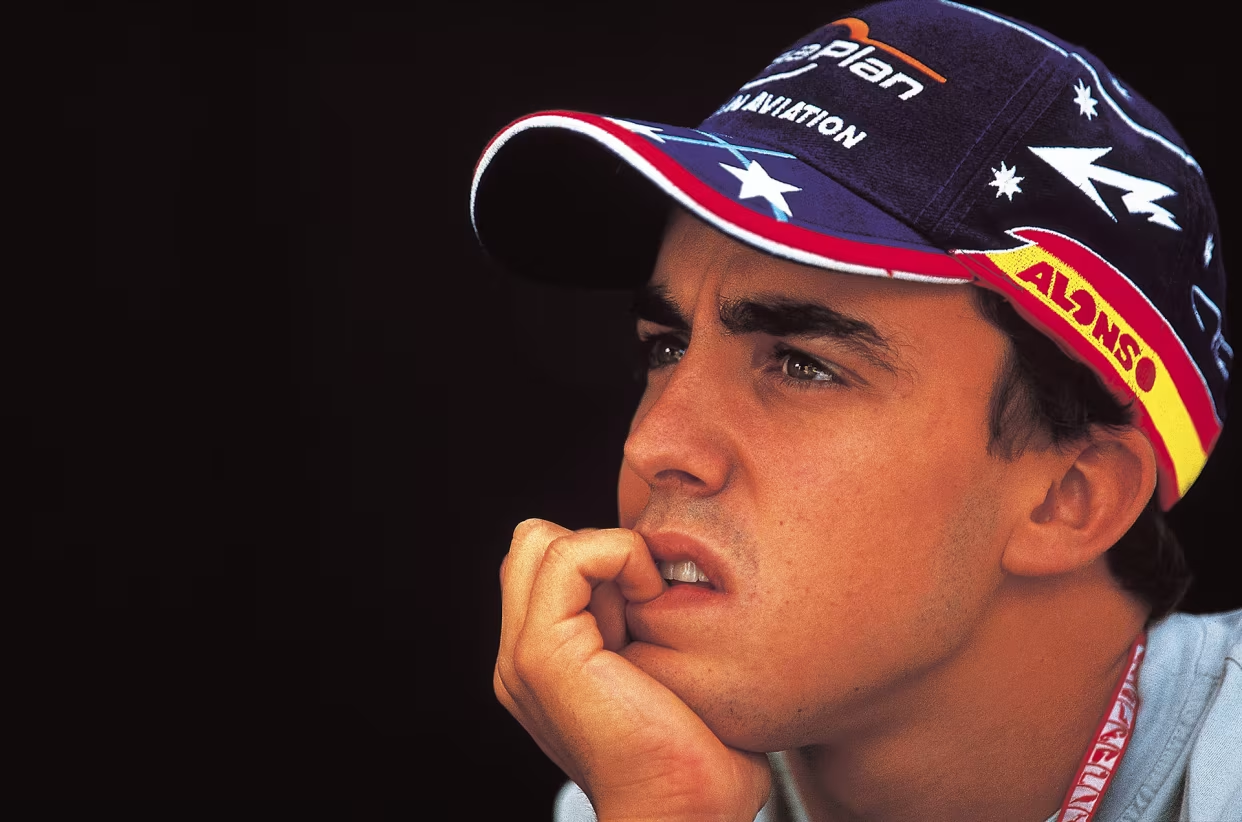
Rising Through the Ranks
Following his impressive debut season, Alonso joined Renault as a test driver in 2002, a role that proved instrumental in his development. The transition from race driver to test driver might have seemed like a step backward to some, but it provided Alonso with invaluable technical knowledge and track time that would serve him well throughout his career. During this period, he accumulated thousands of miles of experience while working closely with Renault's engineering team.
The patience paid off when Alonso was promoted to a full-time race seat with Renault F1 in 2003. His second race with the French manufacturer immediately showcased his potential, as he consistently outperformed his more experienced teammate Jarno Trulli. The young Spaniard's ability to provide detailed technical feedback while maintaining competitive lap times impressed the team's technical staff.
Alonso's breakthrough moment came during the 2003 Hungarian Grand Prix, where he became the youngest race winner in F1 history at that time. More than just a statistical milestone, this victory demonstrated his ability to manage tire strategy, defend position under pressure, and maintain concentration during the crucial final laps.
The win also marked the beginning of Renault F1's transformation from midfield competitor to championship contender.
The years that followed saw Alonso consistently challenging for race victories and podium finishes. His technical understanding of F1 machinery, combined with his natural speed and racecraft, made him one of the most complete drivers on the F1 grid.
By 2005, he was ready to take the next step in his career and challenge for the world championship.
Championship Glory and Team Changes
The 2005 season was the pinnacle of Alonso's early career, as he claimed his first F1 world championship at just 24 years old. This achievement made him the youngest F1 world champion in history at the time, breaking a record that had stood for decades. His championship victory was the culmination of Renault F1's strategic development program and a demonstration of Alonso's exceptional driving ability.
Alonso successfully defended his title in 2006, becoming a two-time world champion and cementing his status among F1's elite drivers. These back-to-back championship victories showcased his consistency, strategic thinking, and ability to perform under the intense pressure of a title fight.
The Spanish racing driver had evolved from promising rookie to established champion in just five seasons.
However, Alonso's career path became more complex as he sought new challenges. Alonso left Renault after the 2006 season to join McLaren, hoping to continue his winning streak with the British team. Unfortunately, the Alonso and McLaren partnership proved turbulent, lasting only one season before Alonso and McLaren terminating their relationship by mutual consent.
Alonso returned to Renault in 2008, but the team's competitiveness had declined significantly during his absence. Despite Alonso's best efforts, the final race victories became increasingly elusive as Red Bull and other teams gained performance advantages.
This period taught Alonso valuable lessons about team dynamics and the importance of being with the right manufacturer at the right time.
Ferrari Years and Near Misses
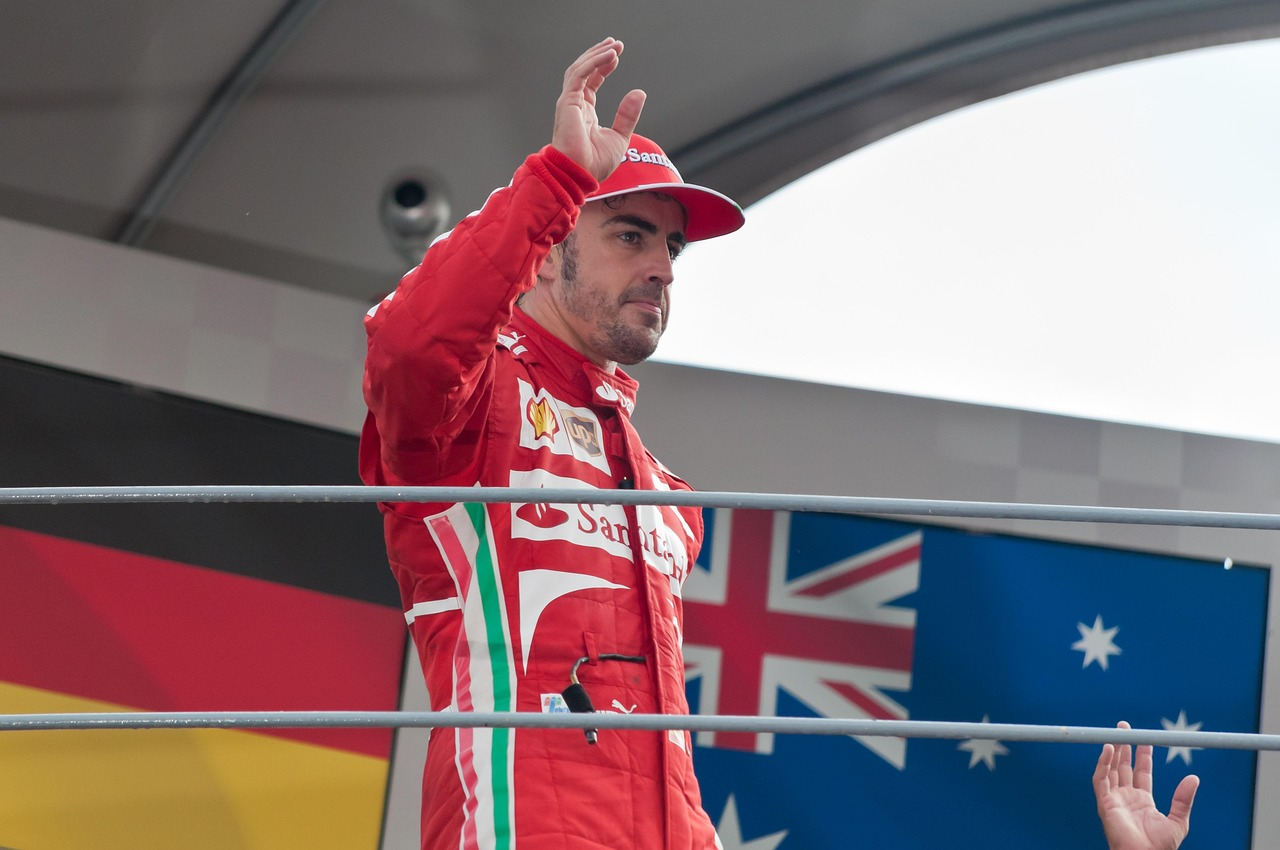
Alonso signed with Ferrari in 2010, beginning what many consider the most dramatic chapter of his F1 career. The partnership with the iconic Italian team promised championship contention, and initially, Alonso delivered exceptional performances that brought him tantalizingly close to additional world championship titles. His race craft and strategic acumen were on full display as he consistently maximized Ferrari's potential.
During his time with Ferrari, Alonso finished second in the championship on three occasions (2010, 2012, and 2013), each time falling just short of claiming the ultimate prize. The 2012 season was particularly heartbreaking, as Alonso entered the final race of the season in Brazil with a mathematical chance of winning the title. Unfortunately, circumstances conspired against him, and Sebastian Vettel claimed the championship instead.
Alonso's performances during this period were widely regarded as some of the finest in F1 history. He regularly extracted more performance from Ferrari cars than seemed physically possible, often finishing ahead of faster machinery through superior race management and strategic thinking.
His ability to adapt to different car characteristics and track conditions made him one of the most respected drivers in the paddock.
The Ferrari years also highlighted Alonso's leadership qualities and technical feedback abilities. He worked closely with the team's engineers to develop car performance, often providing insights that led to significant aerodynamic and mechanical improvements.
However, despite these efforts, the elusive third world championship remained out of reach, leading to mounting frustration on both sides.
McLaren Return and Sabbatical
February 2015 saw Alonso making another significant career move as Alonso joined McLaren for his second stint with the Woking-based team. This return generated considerable excitement, as both parties hoped to recapture the magic that had been missing from their previous collaboration. The Honda power unit partnership promised competitive performance, but reality proved different from expectations.
The McLaren-Honda era proved challenging for Alonso, as reliability issues and performance deficits limited his ability to compete for race victories. Despite these setbacks, Alonso performed admirably, consistently outqualifying his teammates and extracting maximum performance from uncompetitive machinery. His technical feedback during this period was crucial in identifying areas for improvement.
Alonso's frustration with McLaren's lack of competitiveness eventually led to his decision to explore opportunities outside F1.
Alonso participated in the World Endurance Championship and FIA World Endurance Championship events, including the prestigious 24 Hours of Le Mans, where he achieved considerable success. These experiences broadened his racing repertoire and maintained his competitive edge during F1's less successful period.
The sabbatical period also saw Alonso competing in the Indianapolis 500, demonstrating his versatility as a race driver across different motorsport disciplines. His performance in IndyCar racing proved that his skills transcended F1, reinforcing his reputation as one of the most complete racing drivers of his generation.
This diversification of experience would prove valuable upon his eventual F1 return.
Return to the Grid
Alonso returned to F1 in 2022 with Alpine F1, marking the end of his two-year hiatus from the sport. The return generated significant media attention and fan excitement, as many wondered whether the Spanish racing driver could still compete at the highest level after his time away. His performances quickly answered any doubters, as he immediately demonstrated that his speed and racecraft remained intact.
The Alpine F1 period showcased Alonso's enduring competitiveness and adaptability. Despite being in his forties, he consistently outperformed younger drivers and demonstrated the technical knowledge accumulated over two decades of F1 experience. Alonso finished strongly in multiple race weekends, proving that age had not diminished his abilities behind the wheel.
Alonso's F1 return also coincided with significant regulatory changes that leveled the competitive playing field to some extent. The new technical regulations provided opportunities for different teams to compete more closely, giving drivers like Alonso better chances to showcase their skills. His feedback during this period was instrumental in helping Alpine F1 develop their car package.
The success of Alonso's comeback ultimately led to interest from other teams seeking his experience and expertise. His performances demonstrated that veteran drivers could still compete effectively against younger competition, challenging conventional wisdom about age and competitiveness in modern F1.
This success set the stage for his next career move.
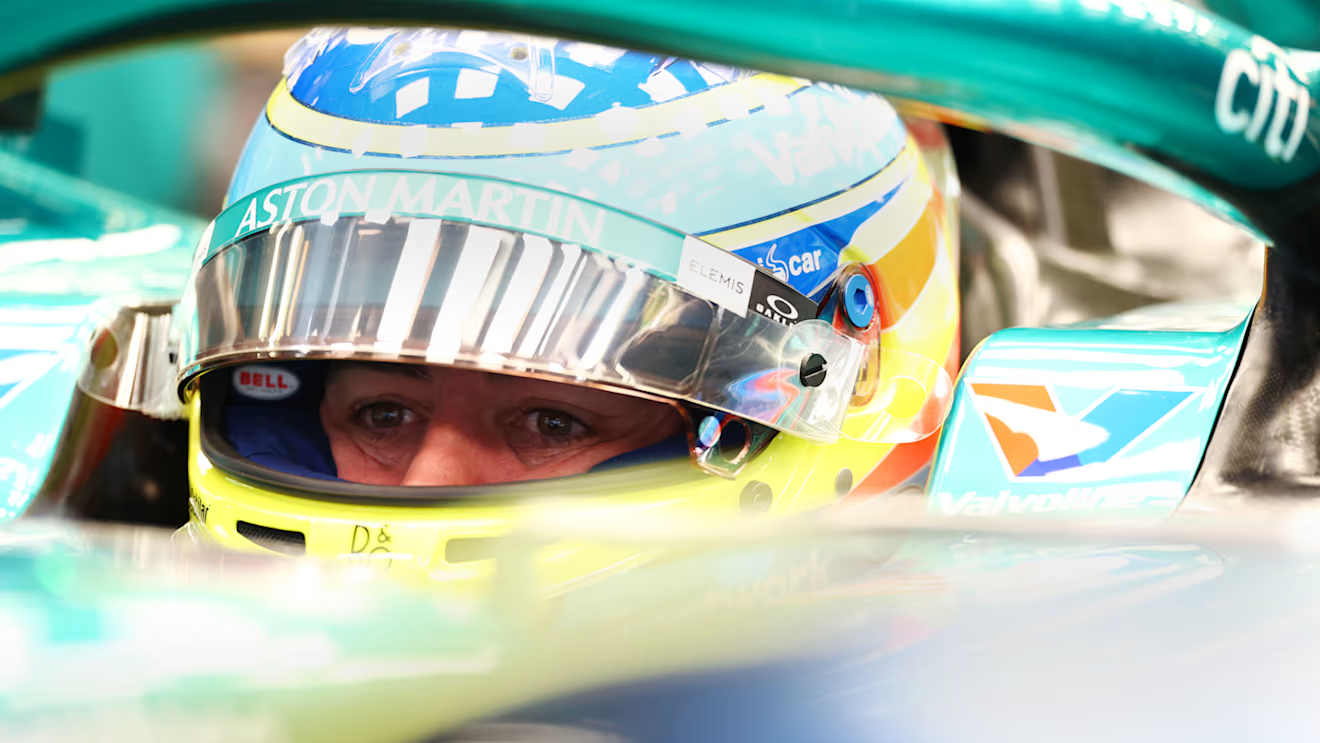
Current Chapter With Aston Martin
Alonso moved to Aston Martin in 2023, joining the ambitious British team as they sought to establish themselves as consistent championship contenders. The partnership represented a new chapter for both Alonso and Aston Martin F1, combining the driver's vast experience with the team's growing resources and technical capabilities.
The Aston Martin partnership has proven successful, with Alonso consistently delivering strong performances and helping the team achieve their best results in recent years.
His technical feedback and setup expertise have been instrumental in developing the Aston Martin F1 car's performance characteristics.
Alonso's current role extends to being a mentor and technical advisor, sharing his extensive knowledge with younger team members. His experience across multiple regulatory eras provides Aston Martin with valuable insights into car development and race strategy.
This combination of driving skill and technical acumen makes him an ideal partner for the team's long-term ambitions.
Looking forward, Alonso continues to chase that elusive third world championship while helping Aston Martin establish themselves among F1's elite teams. His dedication to continuous improvement and technical perfectionism remains as strong as ever, inspiring teammates and competitors alike.
The partnership represents one of the most intriguing developments in modern F1.
Conclusion
Fernando Alonso's journey from a 19-year-old rookie making his debut at the 2001 Australian Grand Prix to becoming one of F1's most respected veterans represents one of motorsport's greatest stories.
His F1 career has spanned over two decades, during which he has accumulated 32 race victories, two world championship titles, and countless memorable performances that have entertained fans worldwide.
The Spaniard's impact on Formula 1 extends far beyond statistics and trophies. His technical expertise, racecraft, and unwavering commitment to excellence have elevated the standards of competition throughout his career. Alonso has consistently demonstrated the qualities that define true champions.


